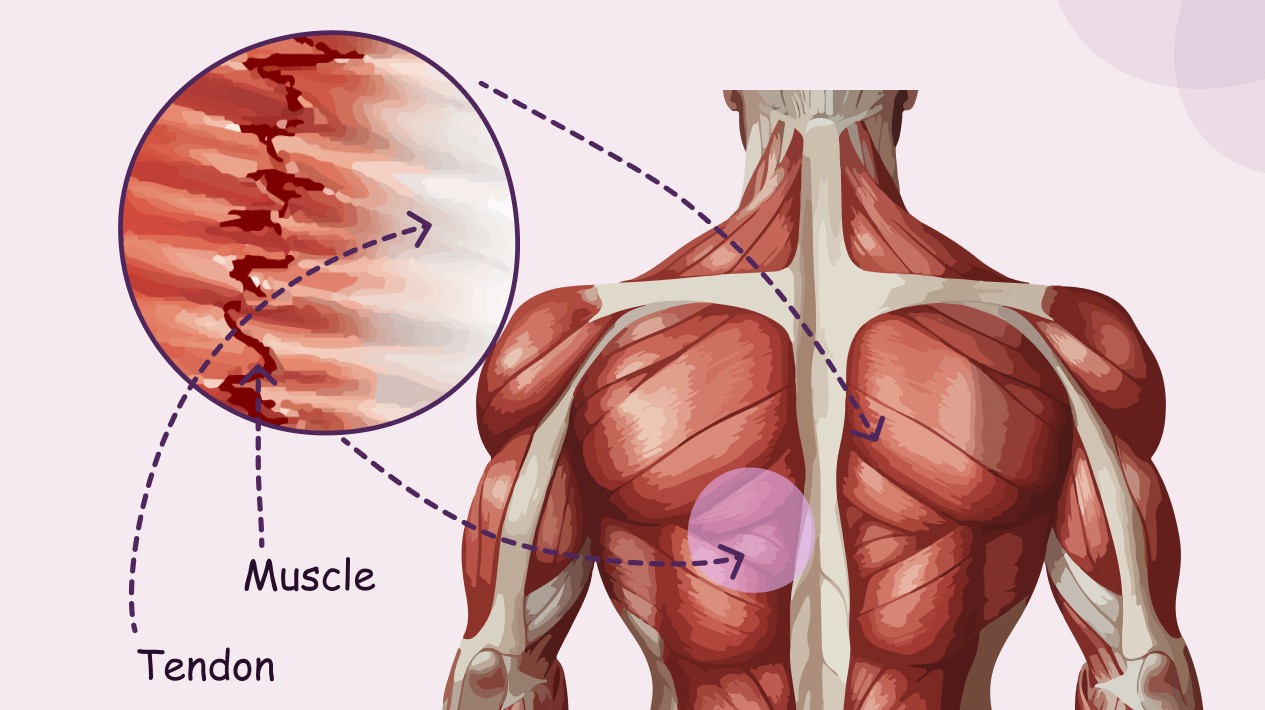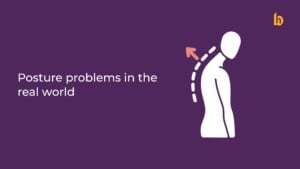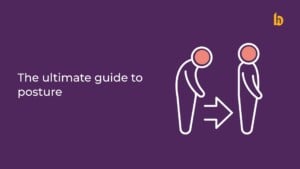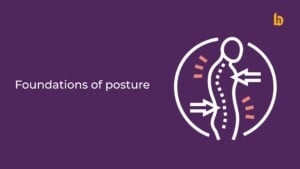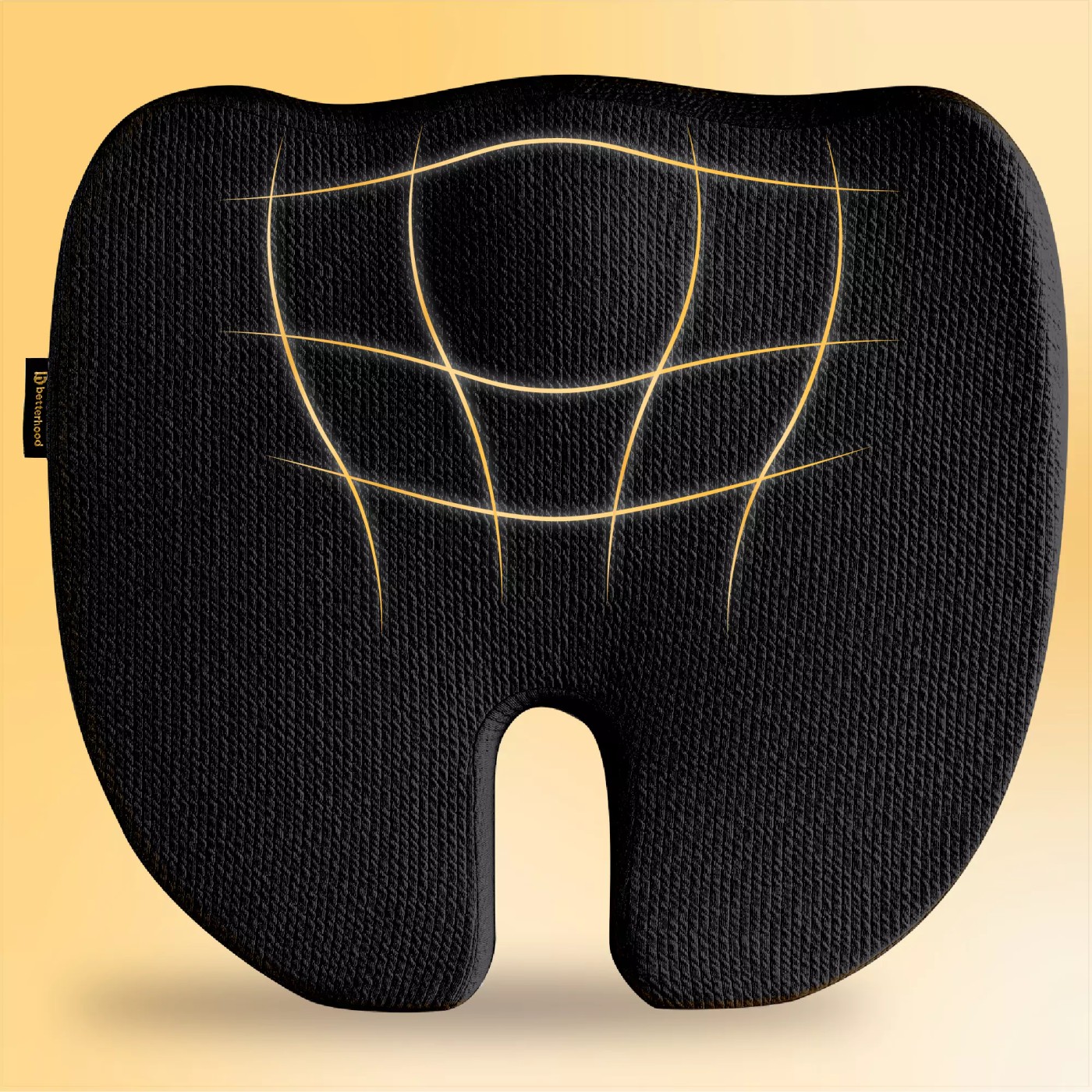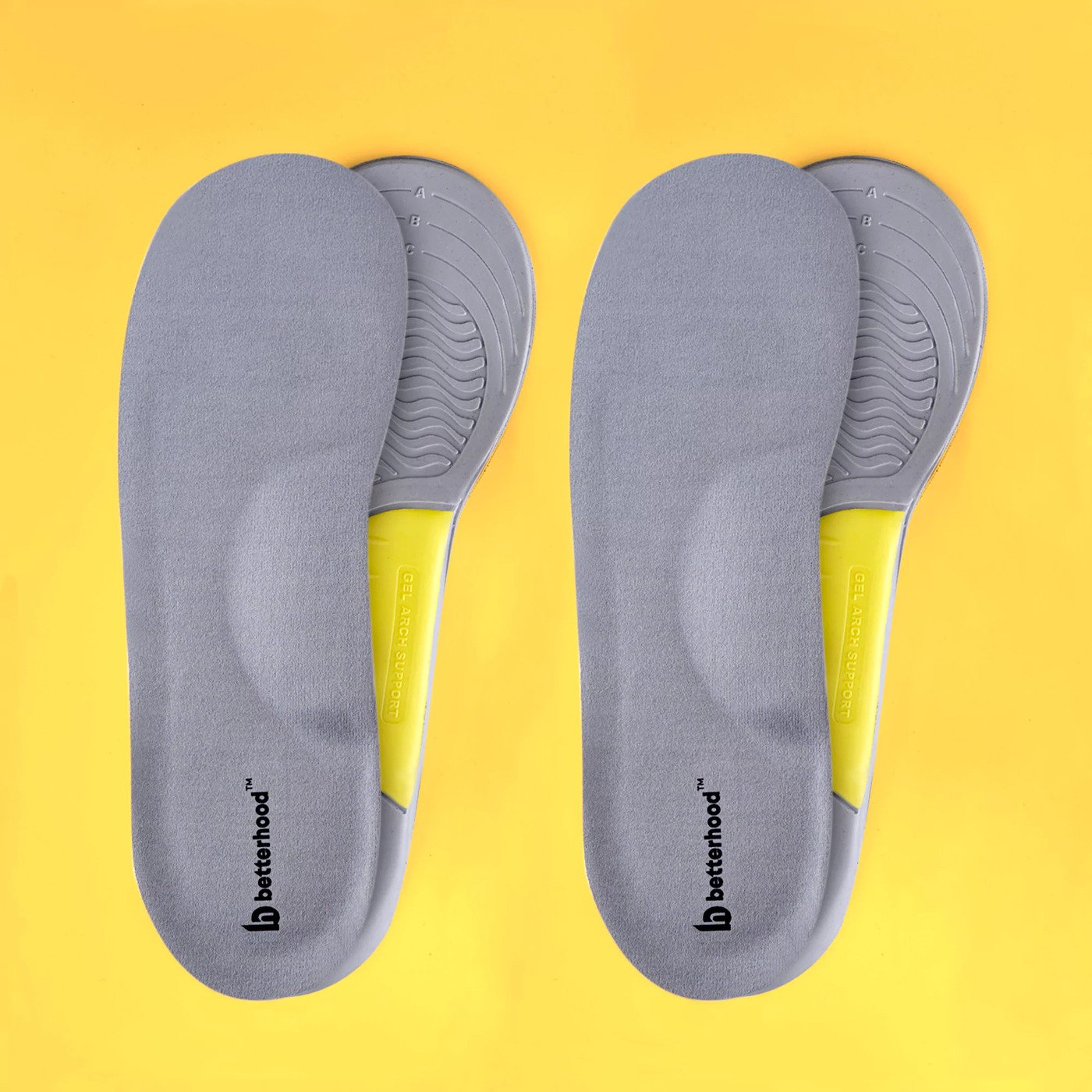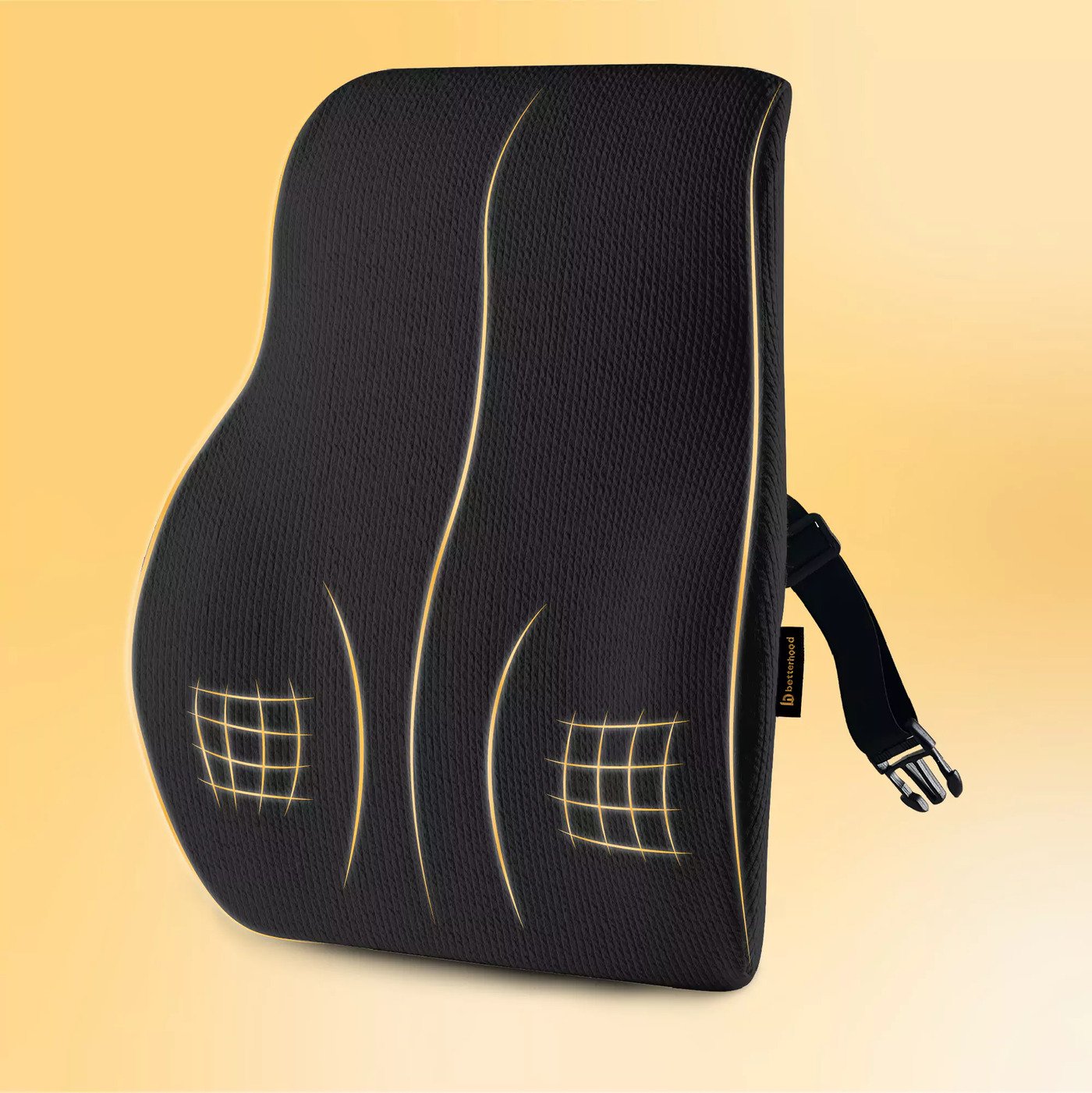Have you ever noticed how long hours at a desk can result in a stiff, aching back? This might be a sign of muscular imbalance. Chronic back pain is a common issue that many face, and muscular imbalance is often the culprit. Let’s explore what muscular imbalance is, how it affects your back, and the conditions it can lead to.
What Is Muscular Imbalance?
Muscular imbalance occurs when opposing muscle groups become unequal in strength or flexibility. In the lower back, the muscles are divided into flexors (which help you bend forward) and extensors (which help you straighten your spine). If one group is stronger or tighter than the other, it pulls the spine out of alignment. This can lead to misalignment, pressure on the spine, and chronic pain (1).
The body relies on balanced muscle function to keep the spine aligned and functioning properly. Any imbalance in the muscle groups can stress the bones, ligaments, and joints. For example, if your hip flexors are tight and your glutes are weak, the spine can be forced into an unnatural curve. This misalignment can cause discomfort and, over time, result in significant pain (2).
How Does Muscular Imbalance Lead to Chronic Back Pain?
Muscular imbalance affects the spine’s natural alignment. When muscles are tight or weak, they can cause the spine to shift or become misaligned. This adds pressure on the vertebrae and surrounding tissues, causing pain. Over time, the imbalance creates wear and tear on the discs and ligaments, leading to chronic pain (3).
The imbalance also affects posture. When the muscles that support the spine are not working in harmony, it can lead to poor posture. This further adds strain to the back, especially if sitting or standing for long periods. Inactivity or prolonged periods of sitting, which is common in today’s sedentary lifestyle, worsens this imbalance (4).
What Are the Root Causes of Muscular Imbalance?
The primary cause of muscular imbalance is a sedentary lifestyle. Sitting for hours on end without moving leads to muscle tightening in the lower back and hips. The glutes and core muscles weaken due to disuse. This imbalance is made worse by improper posture, such as slouching while sitting or standing, which increases strain on the lower back (5).
Aging also plays a role. As we age, our muscles and tendons become less flexible. The muscles that were once able to stretch and support our spine can now become stiff and tight. This makes it more difficult to maintain balanced muscle function and puts extra pressure on the back. Over time, these changes can lead to chronic pain (6).
What Health Conditions Can Muscular Imbalance Lead To?
When muscular imbalance isn’t addressed, it can lead to several painful conditions. Sprains and strains are common, where the muscles or ligaments are overstretched or torn due to imbalance. Myofascial pain syndrome is another condition that can arise, where trigger points form in muscles and cause referred pain to other areas (7).
Stiffness and spasms are also common. Tight muscles can go into spasms, causing intense pain and limiting movement. Fibromyalgia, which causes widespread muscle pain and tenderness, can also be triggered by chronic muscle imbalances. These conditions can further exacerbate the pain and discomfort caused by muscular imbalance (8).
What Are the Symptoms of Muscular Imbalance?
If you have muscular imbalance, you may notice a constant aching or stiffness in your lower back. This can be especially noticeable after sitting for long periods or engaging in physical activity. Muscle spasms or cramps are also common, along with a general feeling of tightness in the hips and lower back (9).
Difficulty standing up straight or maintaining good posture can also be indicative of muscular imbalance. If you notice any of these signs regularly, it’s important to address the issue before it worsens. Ignoring these symptoms can lead to long-term discomfort (10).
How Can You Manage Muscular Imbalance?
Managing muscular imbalance involves targeted exercises to strengthen weak muscles and stretch tight ones. For example, strengthening the glutes and core while stretching the hip flexors and lower back can help restore balance. Regular movement is essential, so take frequent breaks to walk around and stretch if you spend long hours sitting (11).
Yoga and Pilates are excellent ways to improve flexibility, strength, and muscle balance. These exercises focus on strengthening the core, improving posture, and reducing muscle tightness. For more personalized care, consulting with a physiotherapist can help create an exercise routine specific to your condition (12).
How Can Restoring Muscle Balance Help Prevent Back Pain?
Muscular imbalance is a common cause of chronic back pain, but it is manageable with the right approach. Stretching, strengthening, and maintaining proper posture can help restore balance between muscle groups. By correcting this imbalance, you can significantly reduce the risk of chronic back pain in the long run. Take action now and prioritize balanced muscle function to prevent ongoing discomfort (13).
References
- Rosenbaum, D., & Hennig, E. M. (2000). Muscle imbalance and its role in back pain. Spine Journal, 25(3), 301-305. Available at: https://pubmed.ncbi.nlm.nih.gov/10734215/
2. Yeldan, İ., & Demir, E. (2018). The role of muscular imbalances in back pain. Journal of Physiotherapy Science, 34(9), 61-65. Available at: https://pubmed.ncbi.nlm.nih.gov/30362424/
3. Kumar, V., & Rajput, S. (2015). Lower back pain: A growing concern in sedentary lifestyles. Indian Journal of Physiotherapy, 29(4), 112-117. Available at: https://www.indianjpain.org/article.asp?issn=0970-5333;year=2015;volume=29;issue=4;spage=112;epage=117;aulast=Kumar
4. Demir, M., & Yeldan, İ. (2016). Effects of prolonged sitting and muscle imbalance on the lower back. Journal of Pain Research, 29(2), 45-49. Available at: https://pubmed.ncbi.nlm.nih.gov/30637062/
5. Cheng, Y., & Chen, J. (2017). Sedentary lifestyle and back pain: The impact of muscle imbalance. Spine Health, 32(5), 95-101. Available at: https://pubmed.ncbi.nlm.nih.gov/28709225/
6. Fitzgerald, G., & Jordan, L. (2013). Aging and musculoskeletal changes: Implications for back pain. Journal of Geriatric Physical Therapy, 36(3), 101-105. Available at: https://pubmed.ncbi.nlm.nih.gov/24153033/
7. Han, B., & Kim, J. (2015). Myofascial pain syndrome and its relation to muscular imbalances. Clinical Journal of Pain, 31(2), 99-103. Available at: https://pubmed.ncbi.nlm.nih.gov/25492244/
8. Wilke, J., & Schnitzer, T. (2017). Fibromyalgia and back pain: A connection through muscle imbalance. European Journal of Pain, 21(7), 695-701. Available at: https://pubmed.ncbi.nlm.nih.gov/28572438/
9. Slade, S., & Keenan, M. (2014). Differential diagnosis of back pain: Symptoms of muscular imbalance. Musculoskeletal Medicine, 31(4), 77-81. Available at: https://pubmed.ncbi.nlm.nih.gov/24398173/
10.Gross, M., & Abel, S. (2018). How to recognize symptoms of muscular imbalance in back pain. Journal of Orthopedic Medicine, 39(9), 72-76. Available at: https://pubmed.ncbi.nlm.nih.gov/29552344/
11. Gupta, S., & Saxena, A. (2019). Stretching and strengthening exercises to improve lower back health. Indian Journal of Exercise Science, 45(3), 198-204. Available at: https://pubmed.ncbi.nlm.nih.gov/31552999/
12. Jain, R., & Sharma, P. (2017). The benefits of yoga and Pilates in correcting muscular imbalances. Journal of Physiotherapy Research, 32(8), 120-123. Available at: [https://pubmed.ncbi.nlm.nih.gov/28172123/](https://pubmed.ncbi.nlm.nih.gov/

